How have we improved our dormouse nest tubes?
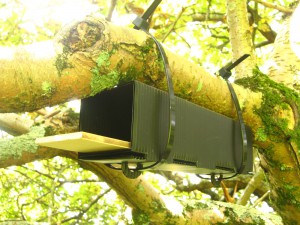 We have just released a new and improved model of the dormouse nest tube. What’s different? Well, we have tried to tackle two of the most frequently encountered problems with setting up dormouse nest tubes. (1) It can be tricky to attach them securely to a branch and (2) once ‘securely attached’ they are prone to slipping. To reduce these issues we have added retaining loops to the base of the nest tube to stop slippage and to enable faster placement.
We have just released a new and improved model of the dormouse nest tube. What’s different? Well, we have tried to tackle two of the most frequently encountered problems with setting up dormouse nest tubes. (1) It can be tricky to attach them securely to a branch and (2) once ‘securely attached’ they are prone to slipping. To reduce these issues we have added retaining loops to the base of the nest tube to stop slippage and to enable faster placement.
We also supply 71cm cable ties for fast set-up. If you prefer using garden wire to secure your nest tubes then this method will also be easier using the new loops.
Dormouse survey – best practice
 For the non- (or new) professionals out there a few quick pointers on best practice for a survey using dormouse nest tubes.
For the non- (or new) professionals out there a few quick pointers on best practice for a survey using dormouse nest tubes.
- Surveys should not be limited to habitat perceived as ‘optimal’ but should be undertaken in any areas of affected woody habitat (including adjacent areas if the impact of development is likely to extend beyond the site footprint).
- Normally at least 50 nest tubes should be placed at roughly 15-20m intervals and these should be left in place (and checked monthly) for the majority of the active season.
- In order to have any chance of obtaining a license to carry out work affecting dormouse habitat you must first conduct a survey with a probability of 20 or above of finding dormice if they are present (although please remember that an absence of evidence is not evidence of absence). To calculate the probability score for your survey you add together the scores (Table 1) for the months during which the survey was conducted (for surveys conducted using 50 dormouse nest tubes and following the advice given in points 1 and 2 above).
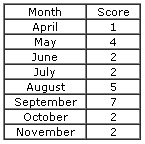
Taken at face value this means that all dormouse surveys should begin by June at the latest; however, it is possible to start a survey later than this under certain conditions. For example, you can increase survey effort by increasing the number of dormouse nest tubes deployed (if you use 100 tubes you can double the scores in Table 1). Note though that surveys conducted using a large number of tubes for a short period are not good practice and nor are surveys where tubes are crowded together at intervals of less than 15-20m (although 10m intervals may be acceptable in very small sites).
For further details we recommend you consult the latest guidance from Natural England in England or your national licensing authority (e.g. Countryside Council for Wales, Scottish Natural Heritage, etc.).
Dormouse resources:
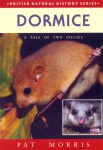 Dormice: A Tale of Two Species
Dormice: A Tale of Two Species
Pat Morris
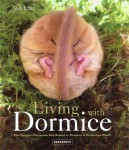 Living with Dormice
Living with Dormice
Sue Eden
Dormouse survey products:

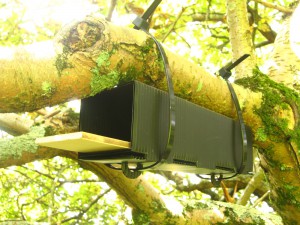
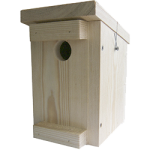
I am about to apply for planning permission on a piece of land of about 1400 sq. metres and am likely to need a dormouse survey. I have been told by CIEEM that it is perfectly ok for me to put up my own nest tubes and to monitor them myself over the period of June to November and that I only need to call in a licensed dormouse specialist if I find evidence of them, could you tell me please if this is correct.